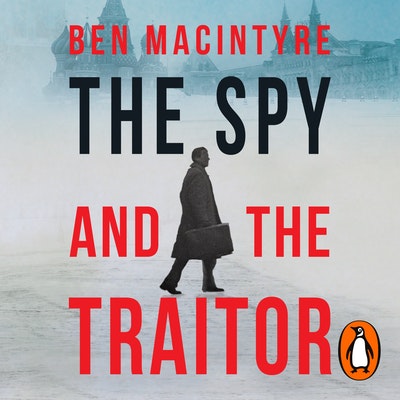

The Spy and the Traitor: The Greatest Espionage Story of the Cold War “Fear by night, and a feverish effort by day to pretend enthusiasm for a system of lies, was the permanent condition of the Soviet citizen,” writes Robert Conquest.”


The Soviet invasion of Afghanistan, and the resulting spike in international tension, had intensified KGB internal scrutiny. Under Leonid Brezhnev’s inflexible brand of Communism, paranoia had increased to near Stalinist levels, creating a spy state pitting all against all, in which phones were tapped and letters opened, and everyone was encouraged to inform on everyone else, everywhere, all the time. The population was under constant surveillance, and no segment of society was more closely watched than the KGB itself: the Seventh Directorate was responsible for internal surveillance, with some 1,500 men deployed in Moscow alone. “The Soviet Union was in effect an enormous prison, incarcerating more than 280 million people behind heavily guarded borders, with over a million KGB officers and informants acting as their jailers.


 0 kommentar(er)
0 kommentar(er)
